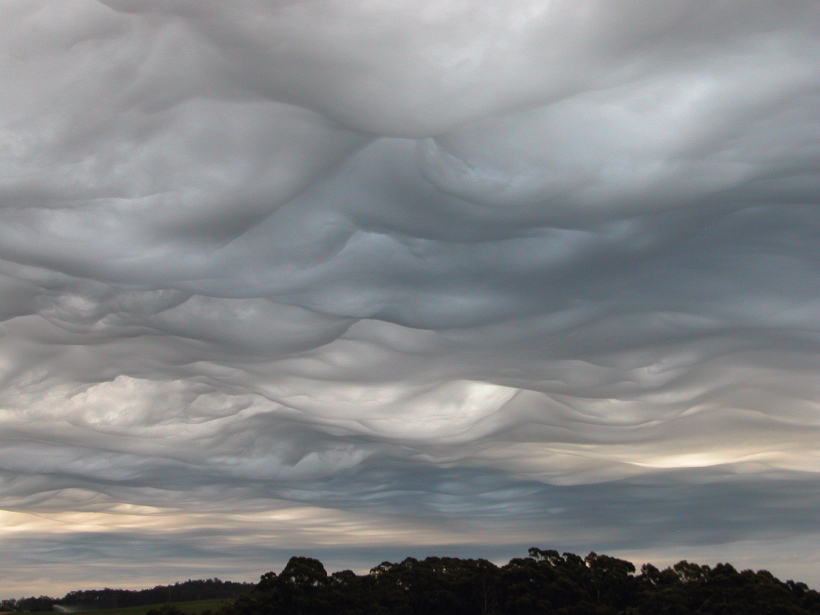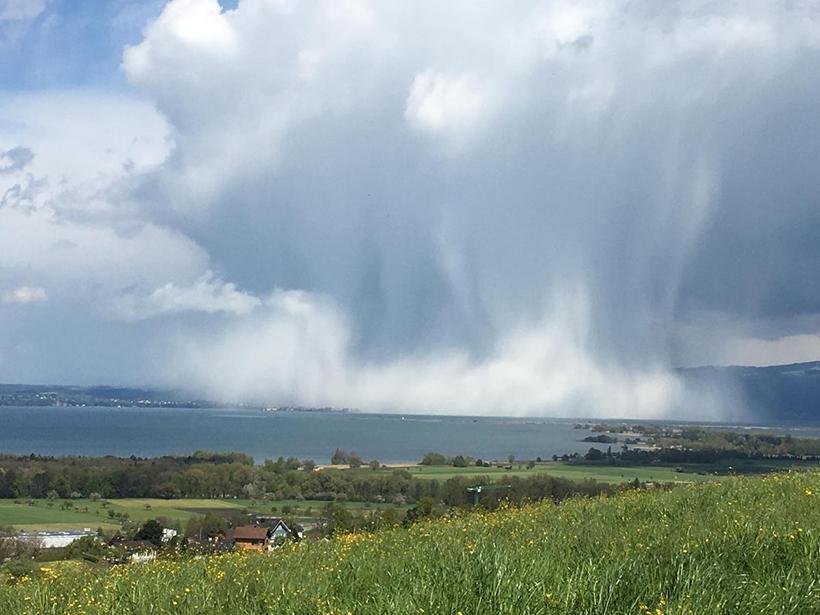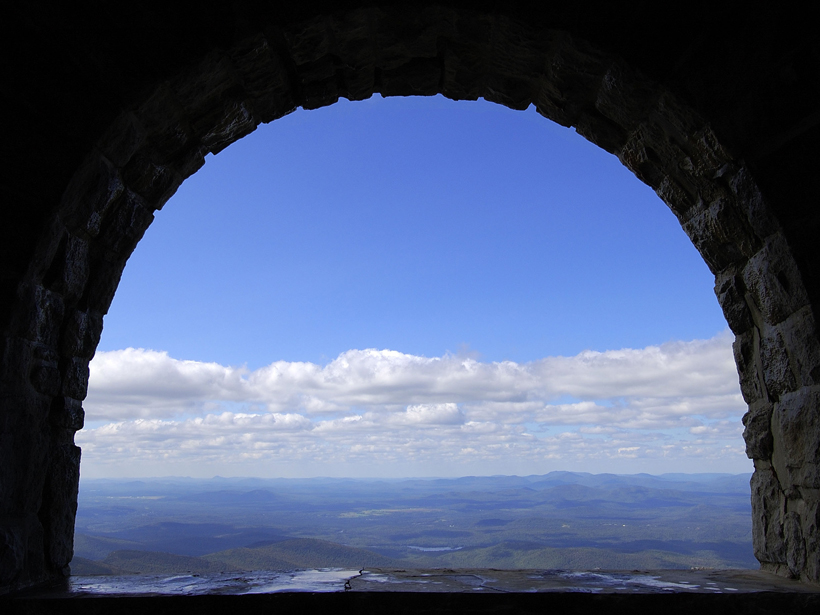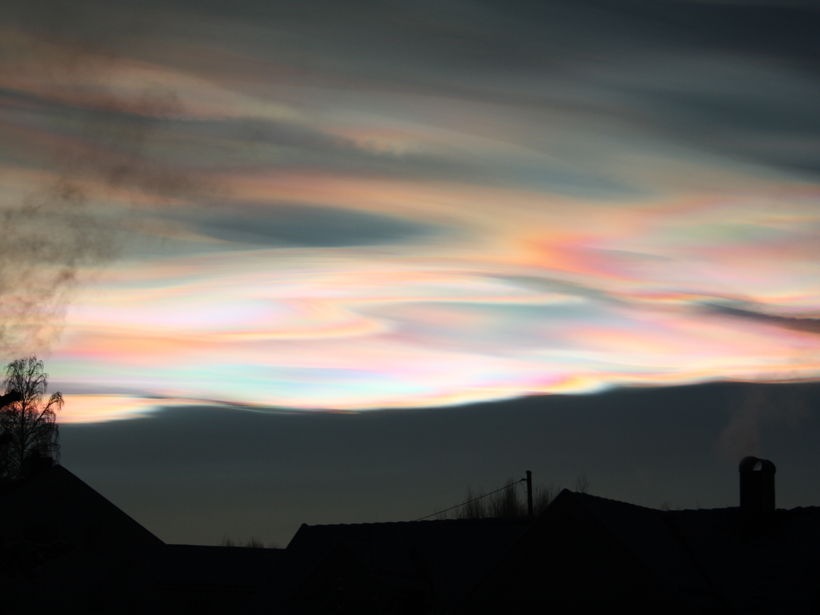Research on the newest entry in the International Cloud Atlas produces insights into what these cloud features are made of and how they form.
clouds
New Supercomputers Allow Climate Models to Capture Convection
Scientists evaluate the latest version of a fine-scale climate model by simulating a decade of precipitation patterns across Europe.
Designing Mountaintop Cloud Experiments
Whiteface Mountain Cloud Chemistry Workshop; Wilmington, New York, 16–17 September 2016
Science Offers New Clues About Paintings by Munch and Leonardo
An unusual type of cloud might explain the sky in The Scream, and scientific verisimilitude reveals which is the real da Vinci masterpiece, new studies suggest.
Better Estimates of Clouds' Climate Effects Are on the Horizon
A recent update to an algorithm for processing satellite data could improve understanding of the variable climate effects of clouds composed of different amounts of ice and liquid.
Looking Up: Taking Photos May Improve Climate Models
Snapshots of clouds taken from the ground reveal orders of magnitude more detail than satellites.
Clouds Don't Reflect as Much Sunlight as Previously Thought
Icy clouds may actually increase, not decrease, the amount of solar energy that reaches Earth.
The Curious Case of Titan’s Missing Clouds
Two instruments, one region on Titan: One instrument saw clouds, the other didn't—what's going on?
How Global Warming's Effect on Clouds May Make It Rain Harder
More clustering of clouds due to higher temperatures increases the likelihood of heavy downpours.
Clouds in Climate Models of a Simulated Water-Covered Earth
Researchers use aquaplanet experiments to zero in on the effects of small-scale processes in the tropics that cause discrepancies between climate models.










